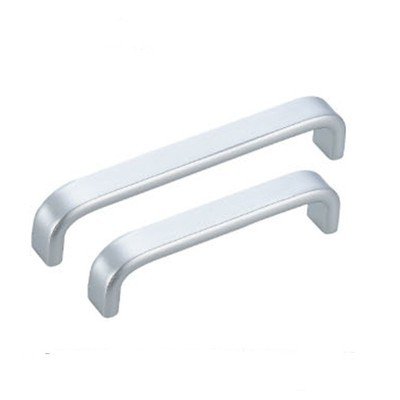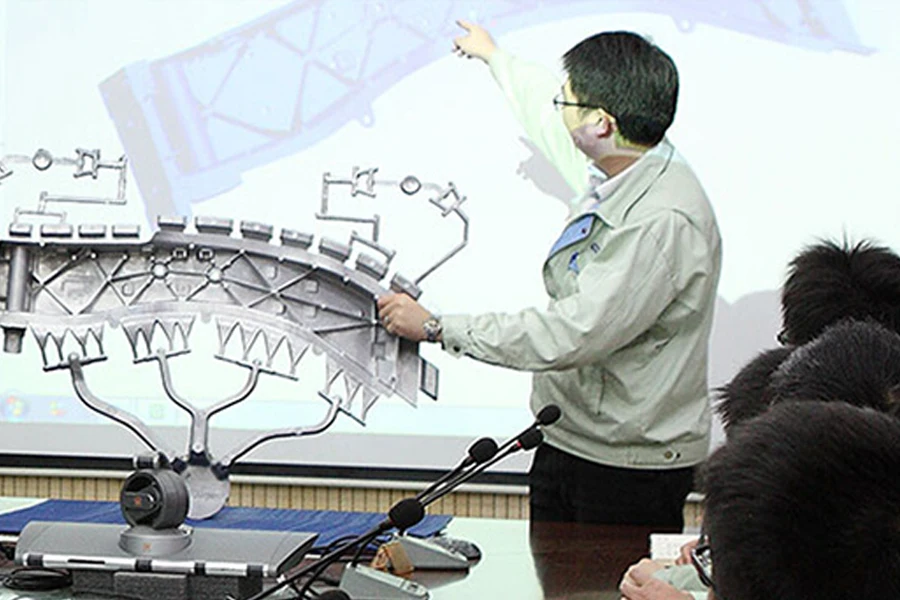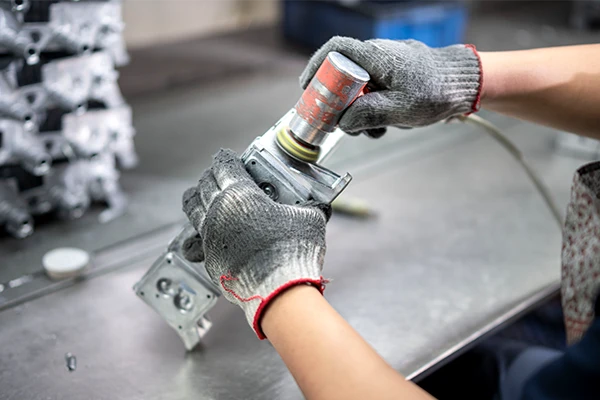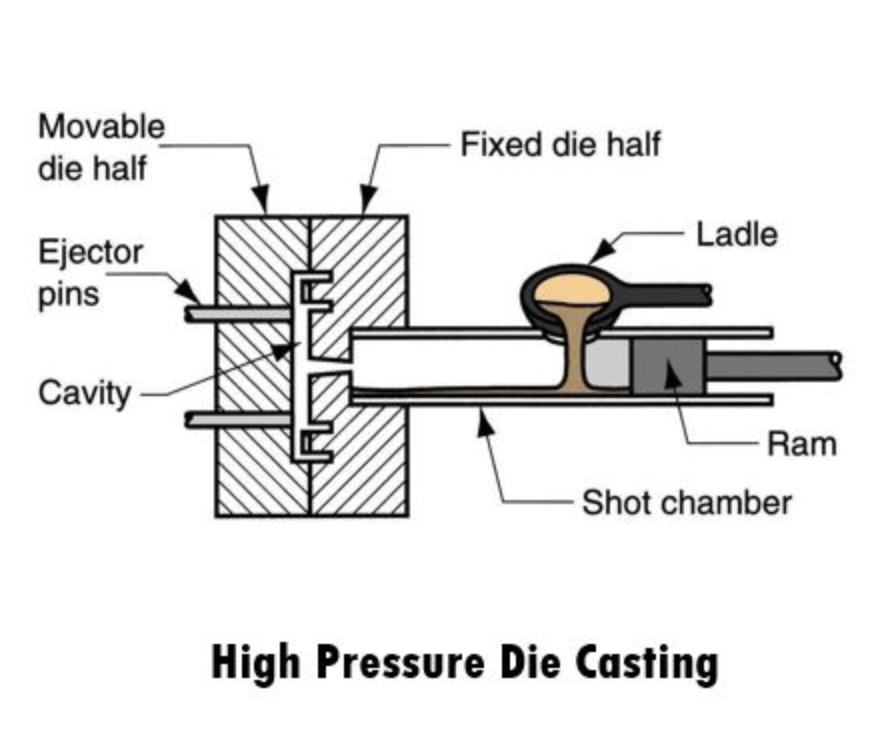Furniture parts casting plays a crucial role in creating durable and aesthetically pleasing furniture pieces. To truly appreciate the artistry and craftsmanship behind furniture casting, it is important to understand the secrets and techniques that go into this process.

The Basics of Furniture Parts Casting:
Furniture parts casting can be defined as the method of creating furniture components by pouring molten metal or alloy into a mold to obtain the desired shape. This technique is widely used in the furniture industry as it allows for producing intricate and precise parts. The materials used in furniture parts casting vary depending on the desired characteristics of the final product. Metals such as iron, steel, and aluminum, as well as various alloys, are commonly used. These materials offer durability, strength, and a wide range of finishes. Different types of furniture parts can be cast through this process, including chair legs, table bases, and decorative accents, adding elegance and functionality to the overall design.

Common Furniture Parts Casting Applications
– Table Legs:
Furniture parts casting is used to create robust and decorative table legs, which provide stability and aesthetics to tables of various sizes and styles.
– Chair Frames:
Casting is employed to manufacture durable and intricately designed chair frames, ensuring strength and comfort for different types of chairs.
– Decorative Accents:
Casting allows for the creation of decorative accents like ornate trimmings, rosettes, and decorative panels that enhance the overall appearance of furniture pieces.
– Hardware:
Furniture parts casting is utilized to produce hardware components such as drawer pulls, knobs, hinges, and locks, which add functionality and style to cabinets, drawers, and doors.
– Bed Frames:
Casting helps in manufacturing bed frames of different designs and sizes, providing sturdy support and visual appeal to beds.
– Sofa and Chair Arms:
Casting allows for the production of sofa and chair arms, ensuring structural integrity and adding architectural elements to furniture pieces.
– Table Bases:
Casting is employed to create sturdy and visually appealing table bases, which provide stability and support to dining tables, coffee tables, and other similar furniture.
– Vanity Legs:
Casting enables the creation of elegant and durable vanity legs, enhancing the aesthetics and functionality of bathroom vanities.
– Shelf Brackets:
Furniture parts casting is used in the production of shelf brackets, which offer reliable support for shelves, bookcases, and other storage units.
– Fireplace Surrounds:
Casting can be utilized to manufacture decorative fireplace surrounds, creating a focal point and adding charm to living spaces.

The Science Behind Furniture Parts Casting:
Creating furniture parts through casting is both an art and a science. The process begins with the design considerations.
Factors such as functionality, aesthetics, and manufacturing feasibility must be carefully analyzed before proceeding.
A mold is then created, either through computer-aided design (CAD) software or by expert craftsmen. The mold, often made of silicone or plaster, plays a critical role in the casting process.
Molten metal is poured into the mold, filling the space and taking the shape of the desired furniture part.
Once the metal solidifies, the mold is removed, and the piece undergoes further finishing processes to achieve the desired texture, color, and surface quality.
Techniques of Furniture Parts Casting:
Various casting methods are used in furniture manufacturing, each with its own advantages and limitations.
Sand casting, one of the most traditional methods, involves creating a mold by packing sand around a pattern, which is then removed to create a cavity.
Investment casting, also known as lost-wax casting, requires creating a wax model that is coated in ceramic before the wax is melted away. The remaining ceramic shell is then filled with molten metal.
Die casting, on the other hand, involves the use of a steel mold, where molten metal is injected under high pressure.
Each casting technique offers unique benefits, such as creating complex shapes or achieving high precision. Selecting the most suitable method depends on the specific requirements of the furniture part being cast.

Quality Control in Furniture Parts Casting:
Quality control is of utmost importance in furniture parts casting. Proper casting techniques, materials, and finishing processes must be implemented to ensure durable and aesthetically pleasing furniture components. Testing the composition of the metal or alloy, as well as conducting inspections throughout the casting process, helps identify and prevent common defects, such as porosity, shrinkage, or surface imperfections. Implementing strict quality control measures guarantees that the final product meets the highest standards of craftsmanship and durability.
Eco Practices in Furniture Parts Casting:
As the demand for sustainable practices in manufacturing grows, the furniture parts casting industry is also embracing environmentally friendly approaches. Manufacturers are actively striving to reduce waste and energy consumption, as well as minimize the environmental impact of the casting process. This includes implementing recycling programs for excess materials and exploring alternative casting techniques that require less energy. The use of recycled materials adds an eco-conscious element to furniture casting, highlighting the industry’s commitment to a greener approach.
Conclusion
Revealing the secrets and techniques of furniture parts casting has shed light on the intricate process behind the creation of furniture components. With a focus on both tradition and innovation, the world of furniture parts casting continues to evolve and captivate, inspiring the creation of timeless and stunning furniture pieces.



















